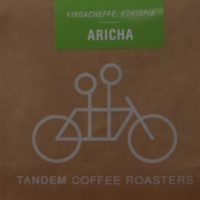 Although a big advocate of cuppings, I rarely get the chance to attend them, so when an opportunity comes along, I tend to grab it with both hands. I was visiting Amanda in Portland last summer when the barista at the Tandem Coffee Roastery mentioned that the roastery holds public cuppings every Friday at noon: naturally, I had to go. Ironically, having not been to a cupping for a while, this was my second one that year, both in the USA.
Although a big advocate of cuppings, I rarely get the chance to attend them, so when an opportunity comes along, I tend to grab it with both hands. I was visiting Amanda in Portland last summer when the barista at the Tandem Coffee Roastery mentioned that the roastery holds public cuppings every Friday at noon: naturally, I had to go. Ironically, having not been to a cupping for a while, this was my second one that year, both in the USA.
In case you don’t know, a cupping is where several different coffees are tasted using a standard methodology, which allows their taste profiles to be compared without the brew method, etc, influencing the results. They’re a regular part of any roaster’s life, often used to assess new samples before deciding which beans to order. However, in this case, the cupping was part of Tandem’s quality control procedure for its production roasts.
Increasingly, roasters are opening up their production cuppings to the public. It’s a great opportunity to get to know more about a roaster and the coffees on offer, as well as a chance to develop your own palate. I thoroughly recommend that you attend one if you can!
You can find out more about Tandem’s cupping after the gallery.
Like the last cupping I attended, at San Jose’s Chromatic Coffee, this was a production cupping, with seven coffees on the table, five of which were from Tandem’s (then current) production roast, along with two others. The first was from San Francisco’s Linea Caffe, while the second belonged to Ian, a home roaster who wanted some feedback and a chance to benchmark his roasting.
While the majority of the coffees were washed, two were naturals (this refers to how the coffee cherries are processed into green coffee beans). There was also a decent geographical spread: the Tandem coffees came from Ethiopia (two), Kenya, Colombia and Guatemala, the Linea Caffe was from Mexico, while Ian’s offering came from Nicaragua.
We followed the usual cupping procedure, first of all smelling the ground beans to gain an initial impression. My favourite at this stage was the Aricha from Ethiopia, one of the two naturally-processed coffees. This gave an instant fruity hit, which is what I’d expect from a naturally-processed coffee (I tend to find that I can distinguish by processing method far more than I can by origin). In contrast, the other natural, the Nicaraguan that Ian had brought along, was my least favourite. It had a comparatively dark roast which, at this stage, I felt dominated the coffee’s natural flavour.
Next the grounds are covered with hot water and, after four minutes, the surface of each sample is broken, the coffee being smelled a second time. Any residual coffee grounds are then skimmed from the top, with the coffee being left to cool for a few minutes. The final stage is the slurping, where we taste the actual coffee. The slurp is very important, by the way, distributing the coffee over as wide as possible surface area in your mouth. Even more importantly, I am rubbish at it!
I always find that I get very little out of the first round of slurping since my palate is very sensitive to heat. This cupping was no exception and it was only on my second time around, after about 10 minutes, that I noticed significant differentiation between the coffees.
I continued to enjoy the Aricha, while the Mexican from Linea Caffe also proved to be a favourite of mine, with a soft smoothness that I really liked. In contrast, the Kenyan, from the Kigari Teachers College, impressed me as it cooled, with strong, stereotypical blackcurrant flavours coming through. However, the real surprise package was Ian’s home-roasted Nicaraguan. I really didn’t enjoy this at first, but it really developed as it cooled, the coffee’s natural flavours coming through, which just goes to show that you shouldn’t prejudge things.
In the end though, the naturally-processed Aricha Ethiopian won out (for me). After we’d finished, Ian got some tips from Kevin, the head roaster at Tandem. Kevin used to roast for Ultimo in Philadelphia, joining Tandem in May 2019, so we spent a few minutes reminiscing about Philadelphia’s excellent coffee scene.
Before I left, I presented Tandem with a couple of gifts: a copy of my book, The Philosophy of Coffee, and a bag of an Indonesian Mount Tilu, a honey-processed coffee from Ngopi in Birmingham. In exchange, Kevin gave me a bag of the Aricha. Well, it could hardly be anything else, could it?
| 122 ANDERSON STREET • PORTLAND • ME 04101 • USA | ||||
| www.tandemcoffee.com | +1 207 899 0235 | |||
| Monday | 07:00 – 16:00 | Roaster | Tandem (espresso + filter) | |
| Tuesday | 07:00 – 16:00 | Seating | Bar, Counter, Table (outside) | |
| Wednesday | 07:00 – 16:00 | Food | Cookies | |
| Thursday | 07:00 – 16:00 | Service | Counter | |
| Friday | 07:00 – 16:00 | Payment | Cards + Cash | |
| Saturday | 08:00 – 16:00 | Wifi | No | |
| Sunday | CLOSED | Power | No | |
| Chain | Local | Visits | 9th August 2019 | |
If you liked this post, please let me know by clicking the “Like” button. If you have a WordPress account and you don’t mind everyone knowing that you liked this post, you can use the “Like this” button right at the bottom instead. [bawlu_buttons]
Don’t forget that you can share this post with your friends using the buttons below.

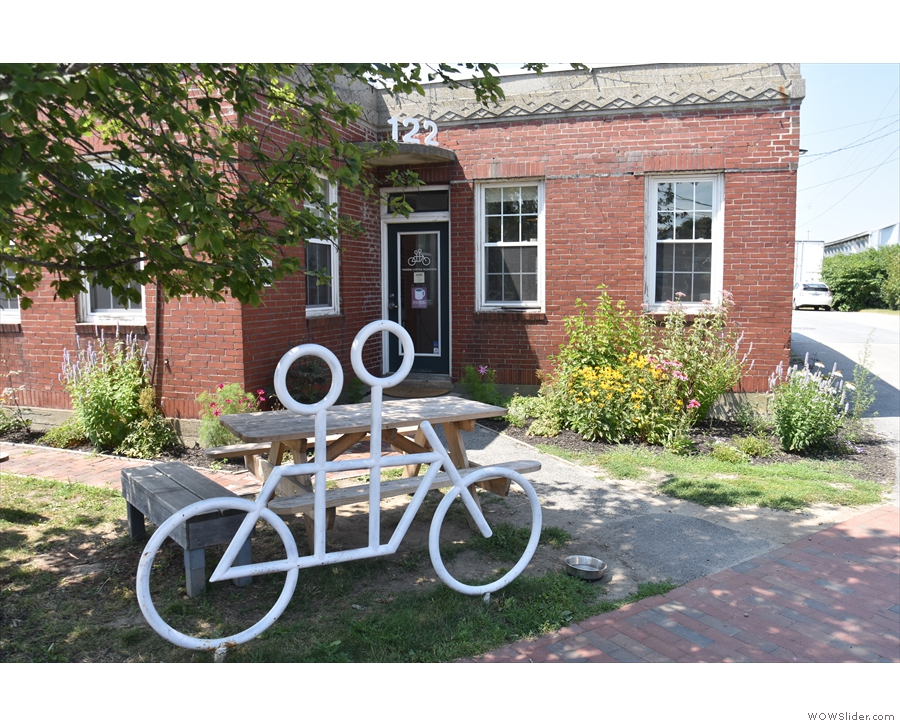
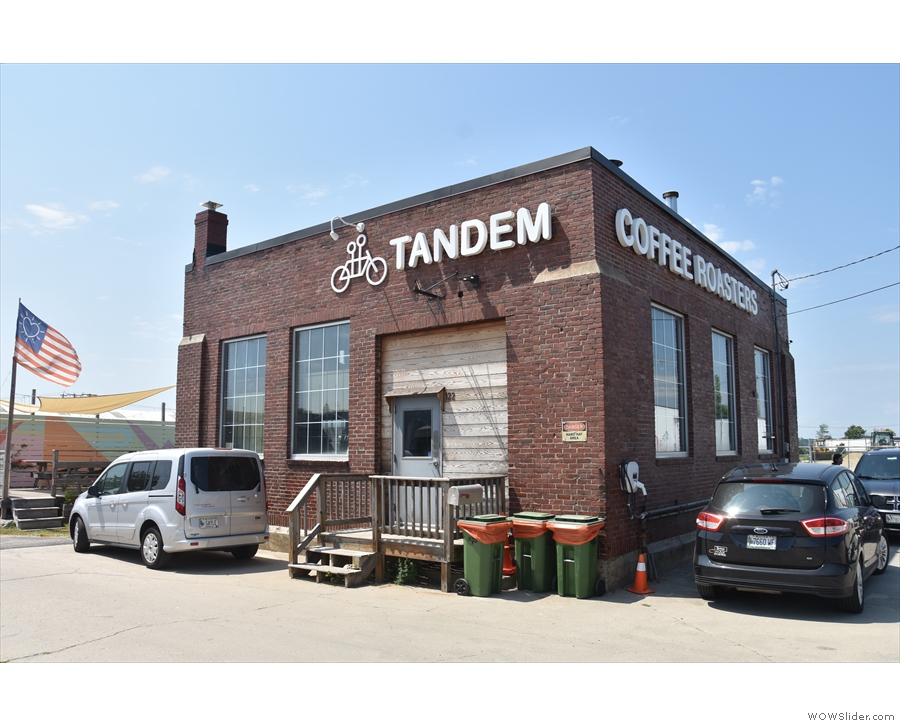
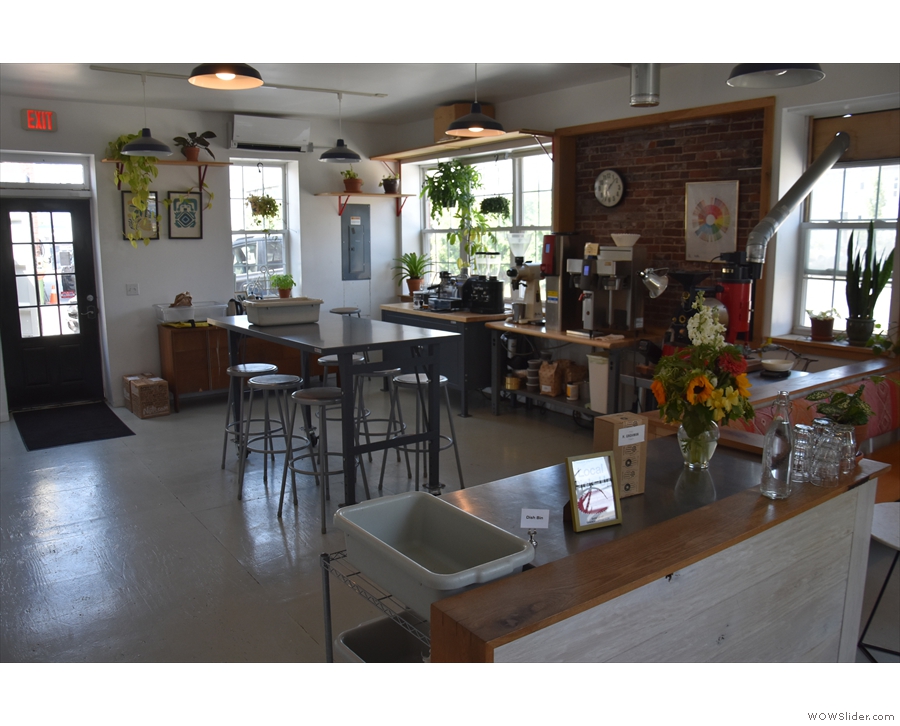
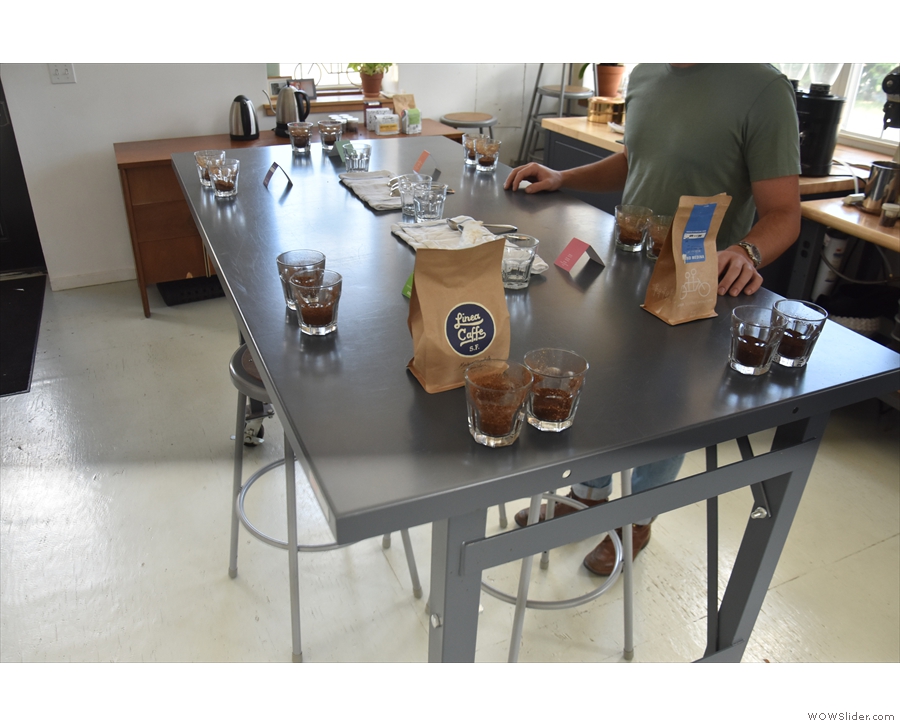
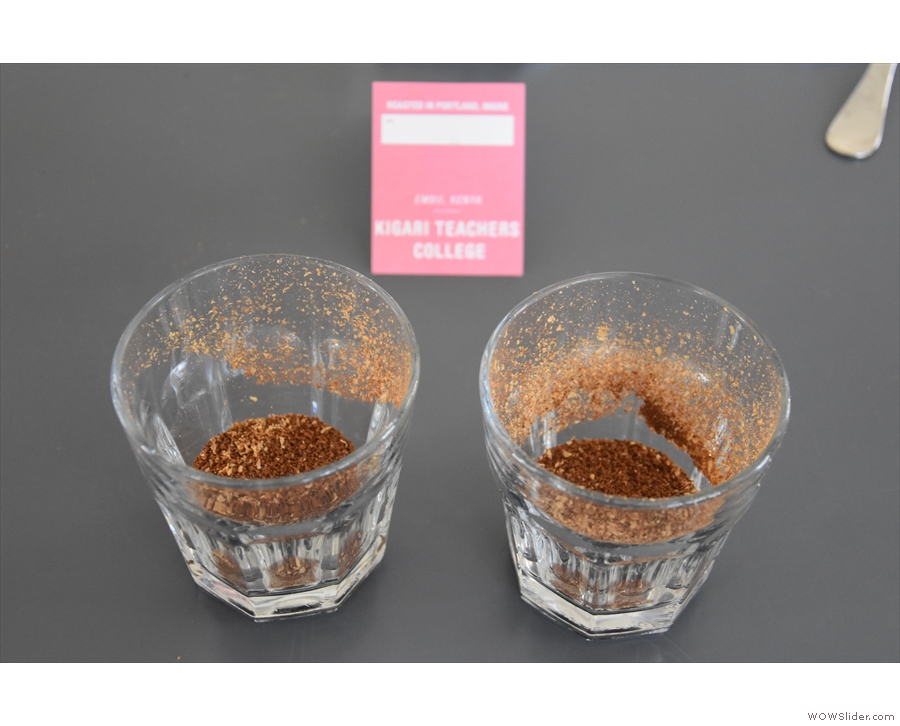
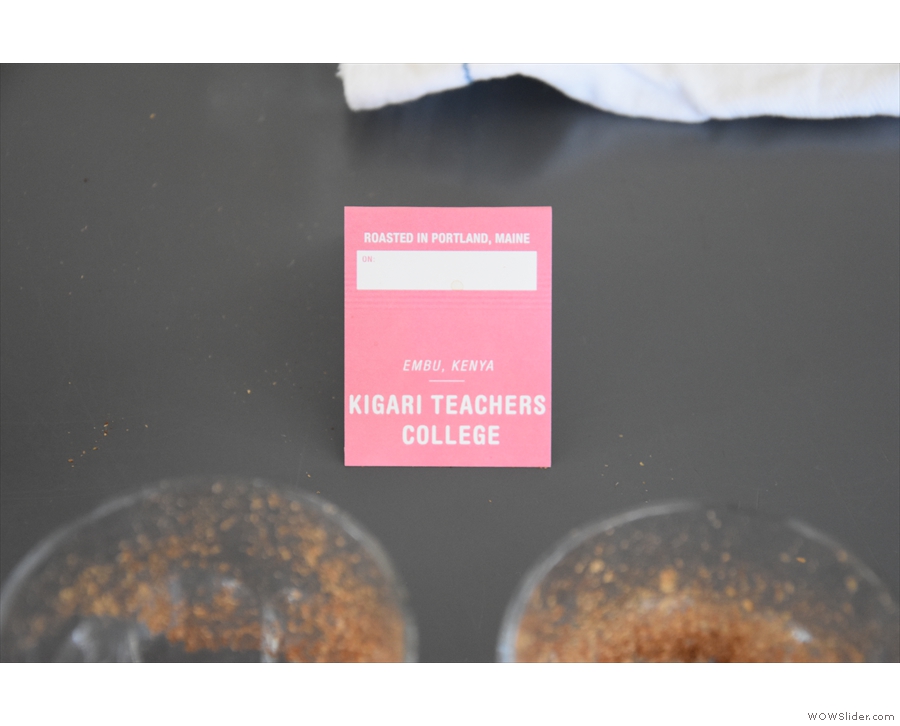
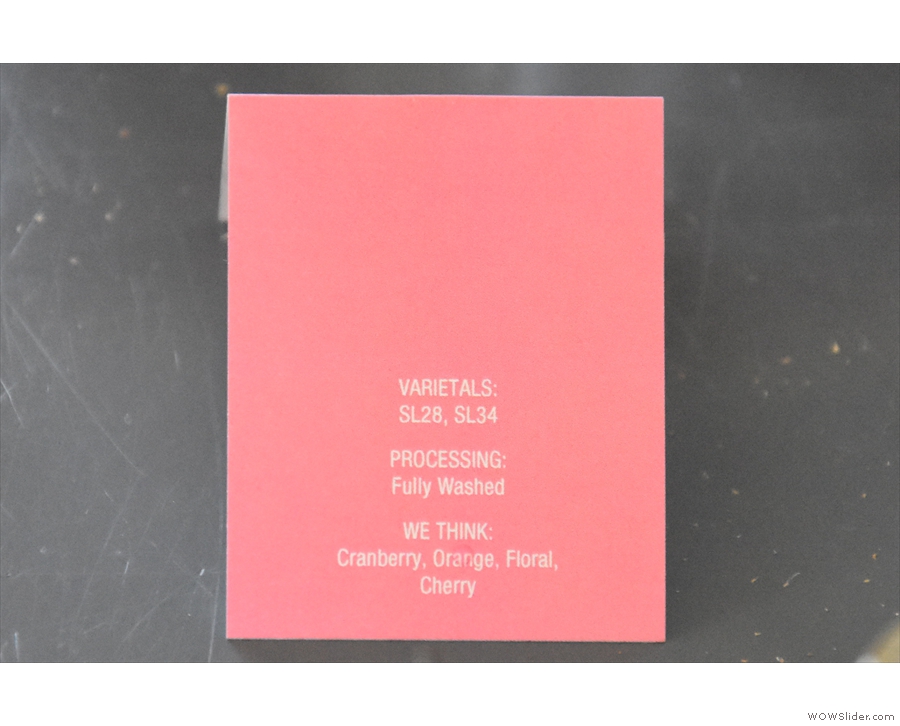
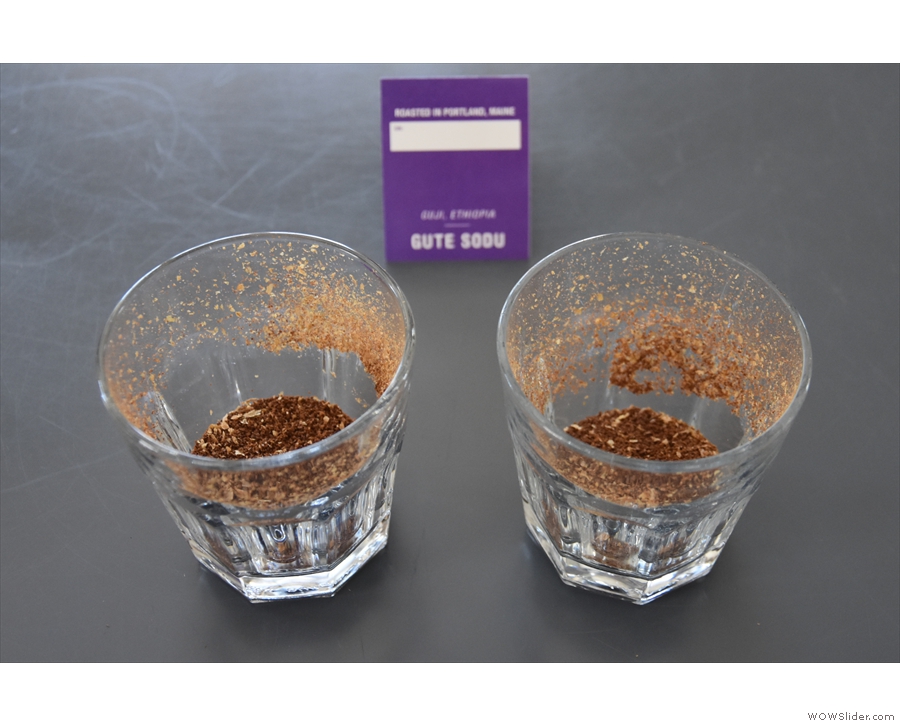
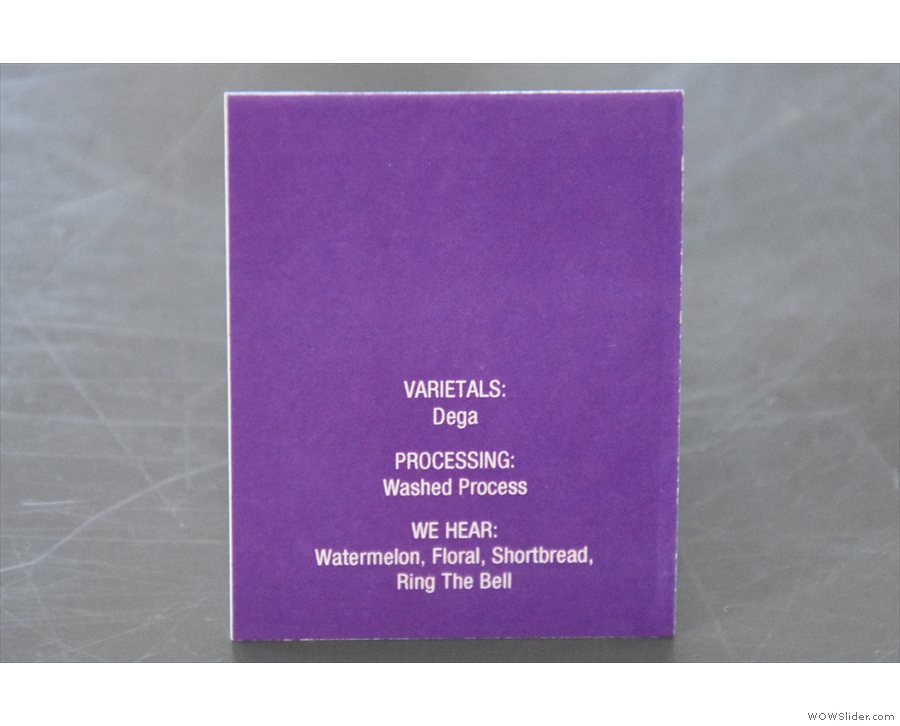
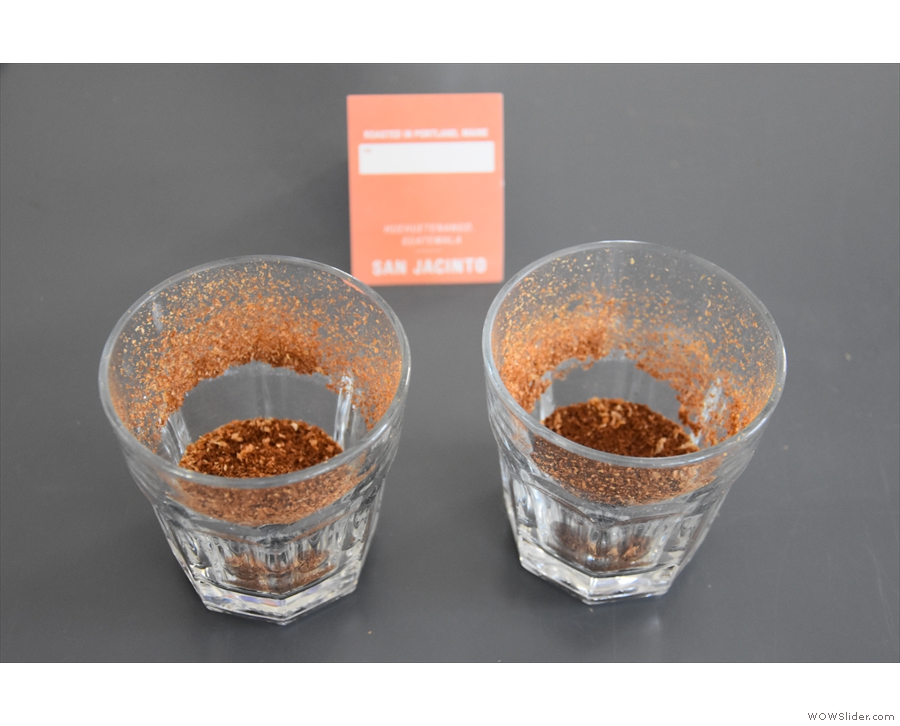
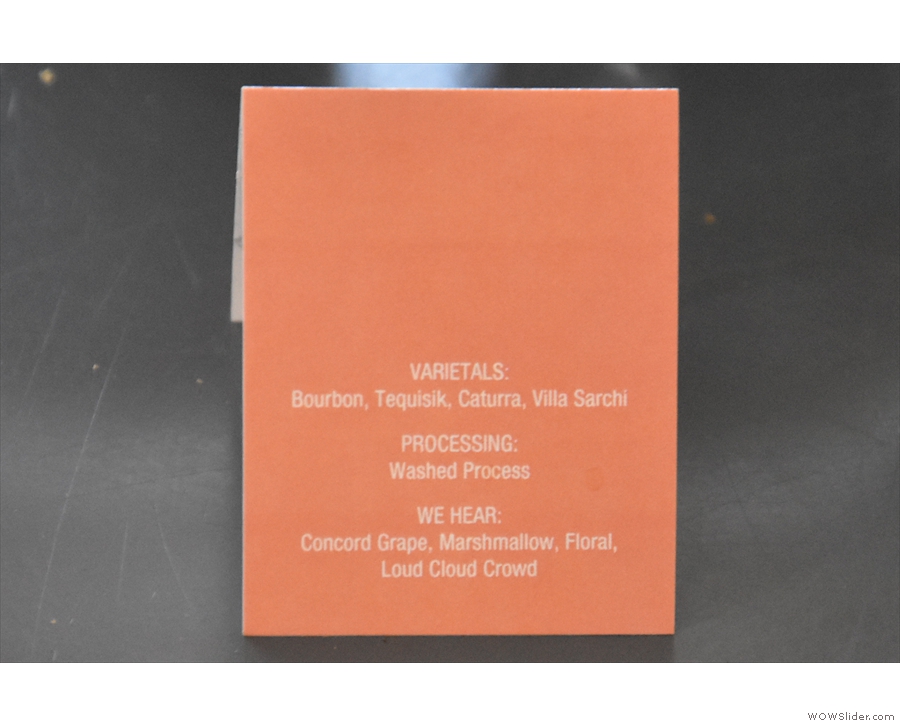
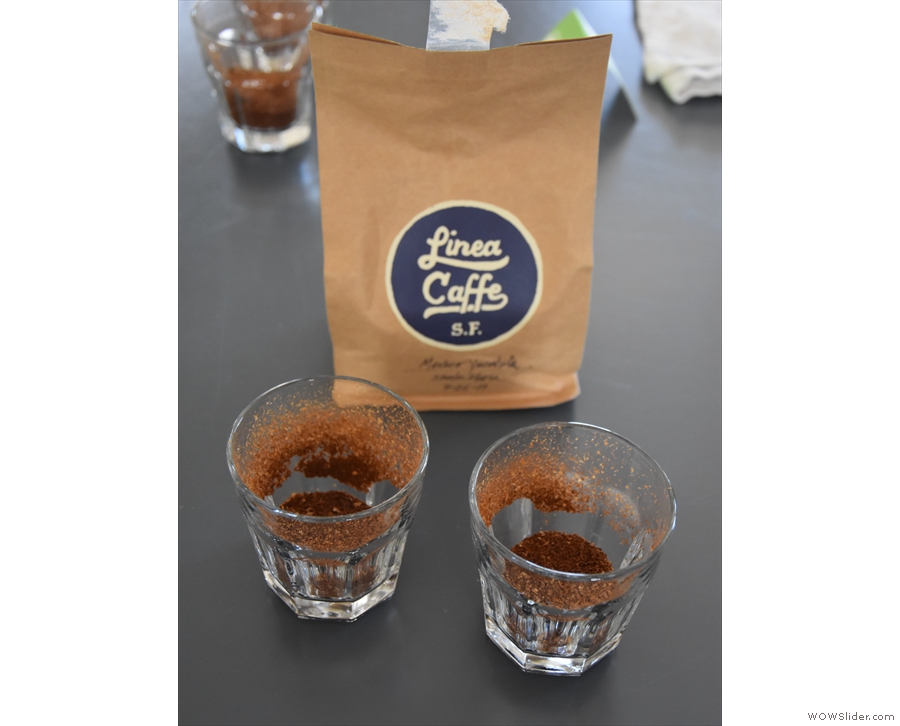
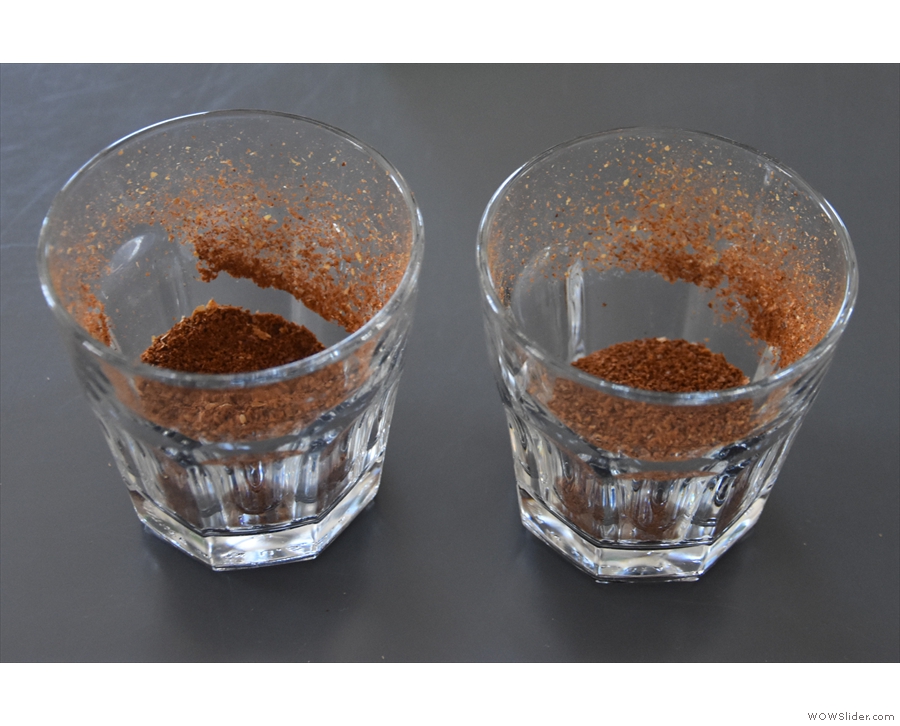
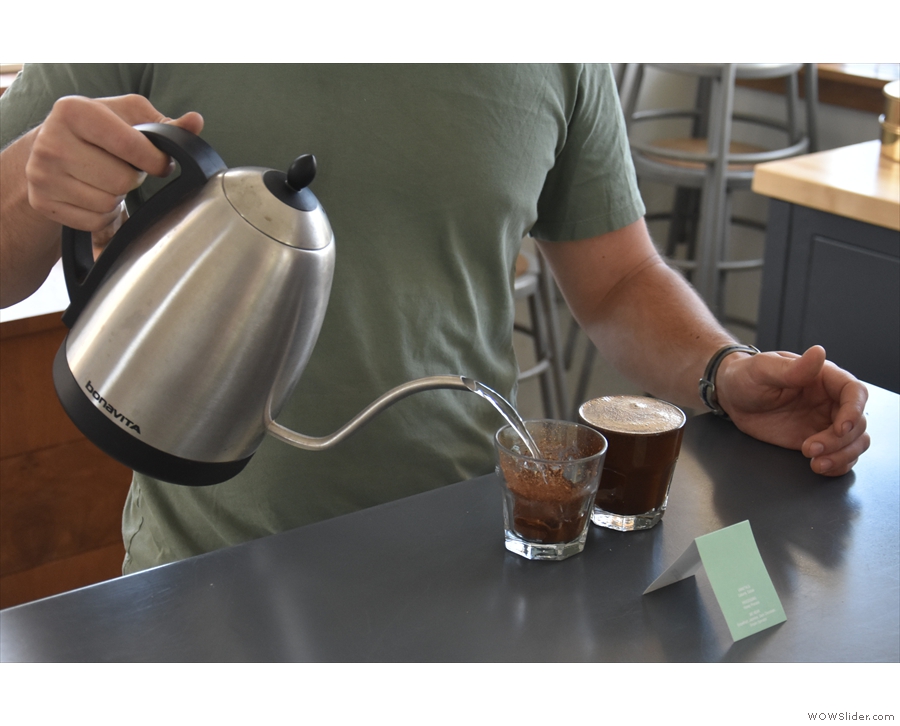
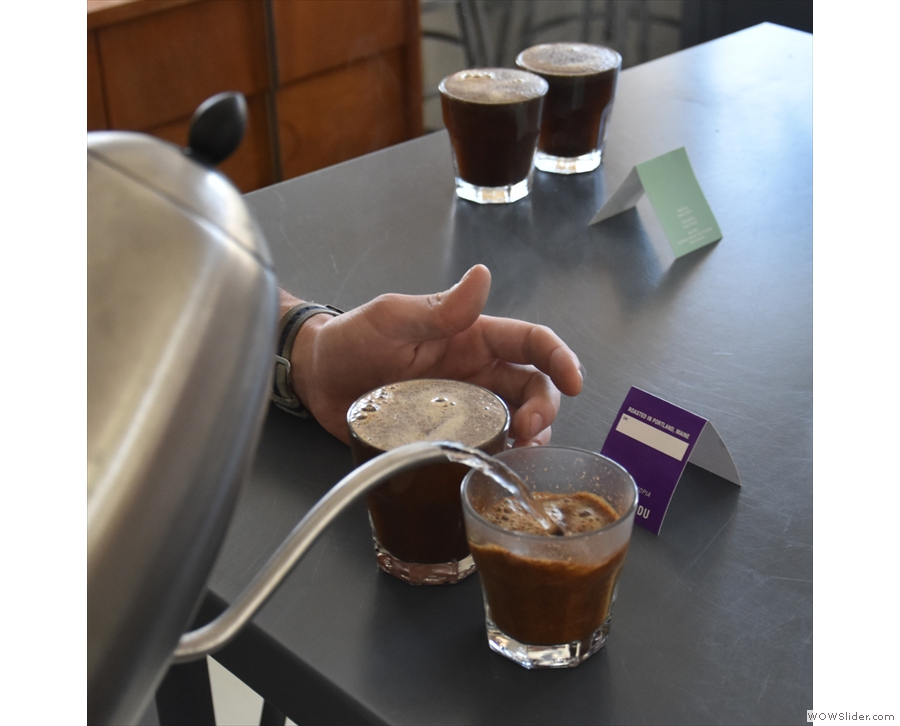
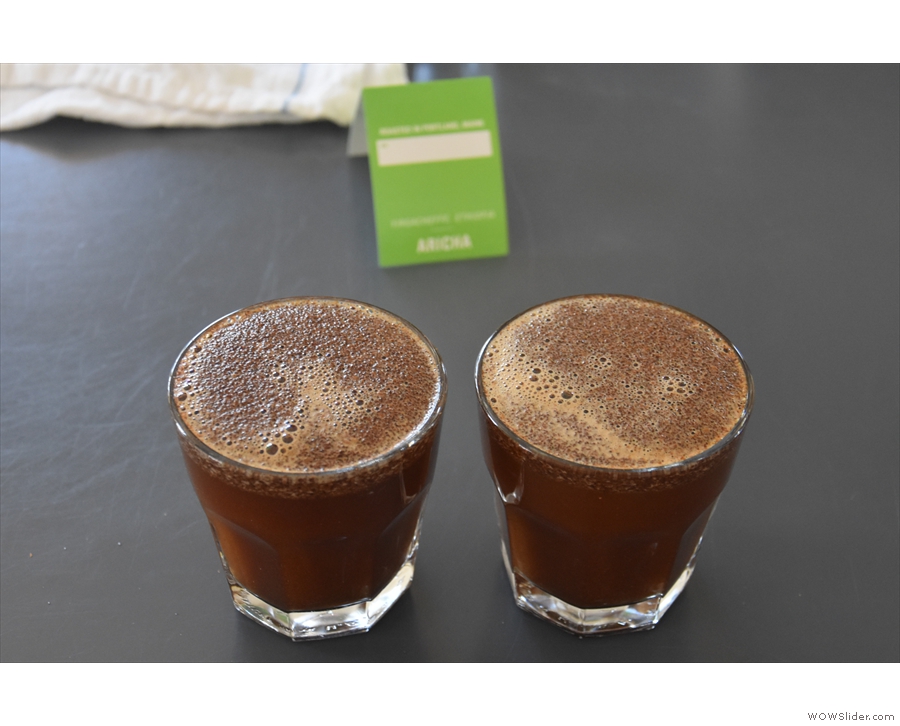
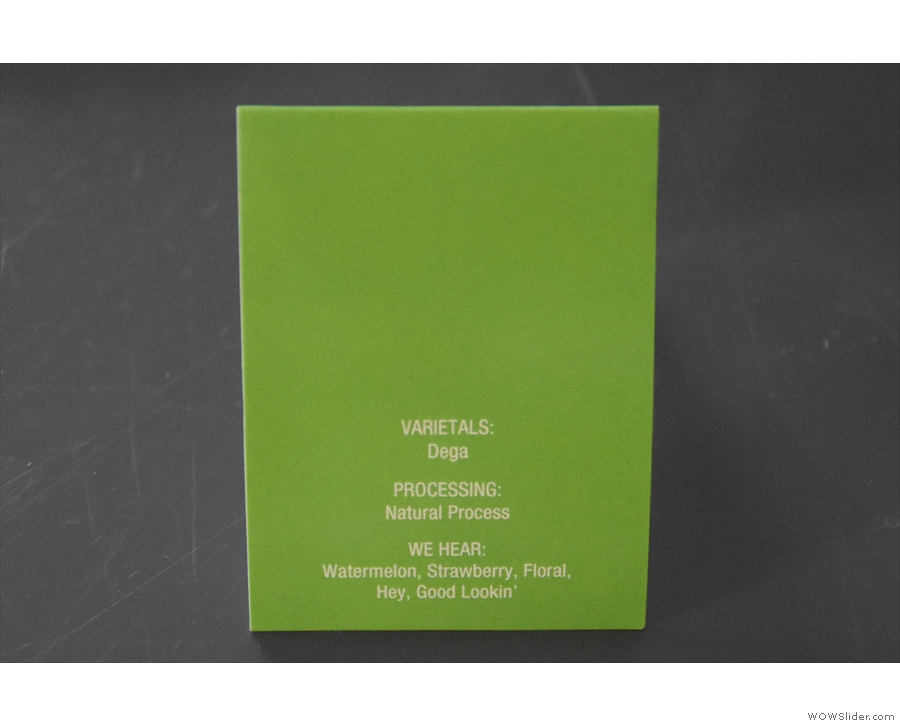
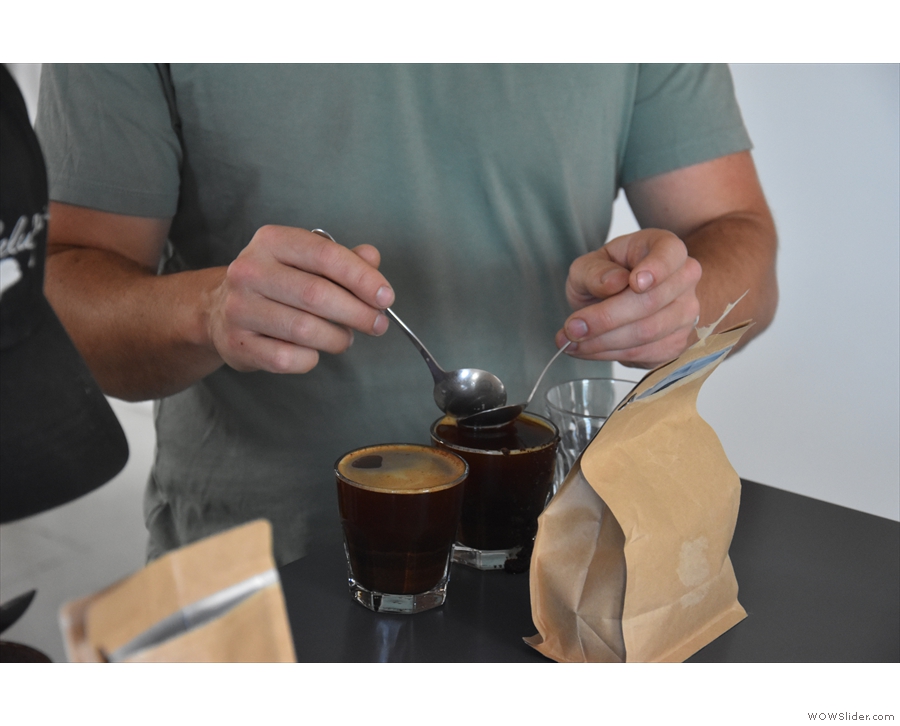
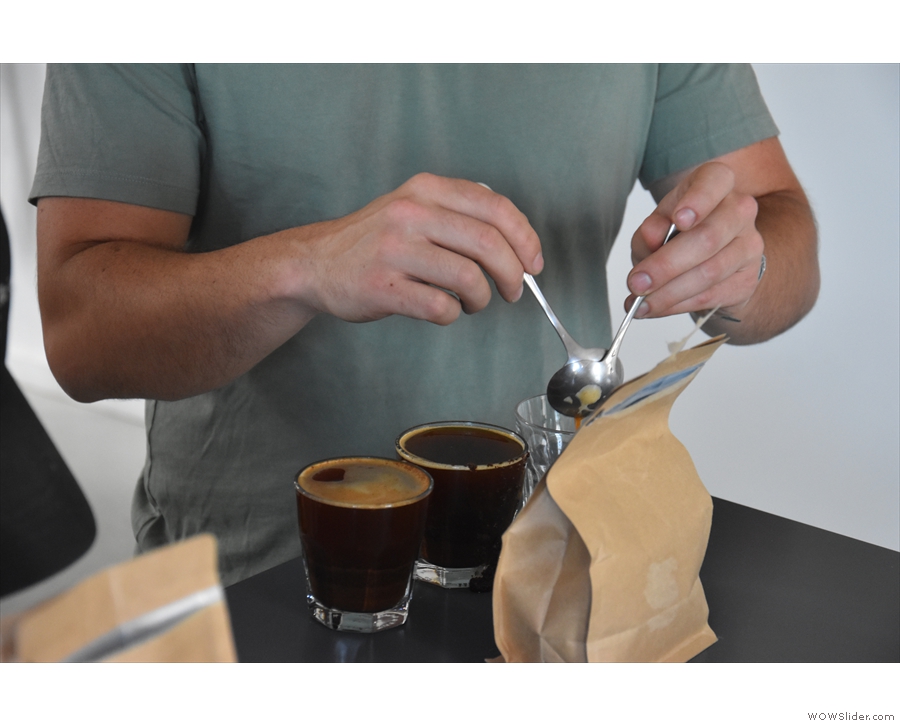
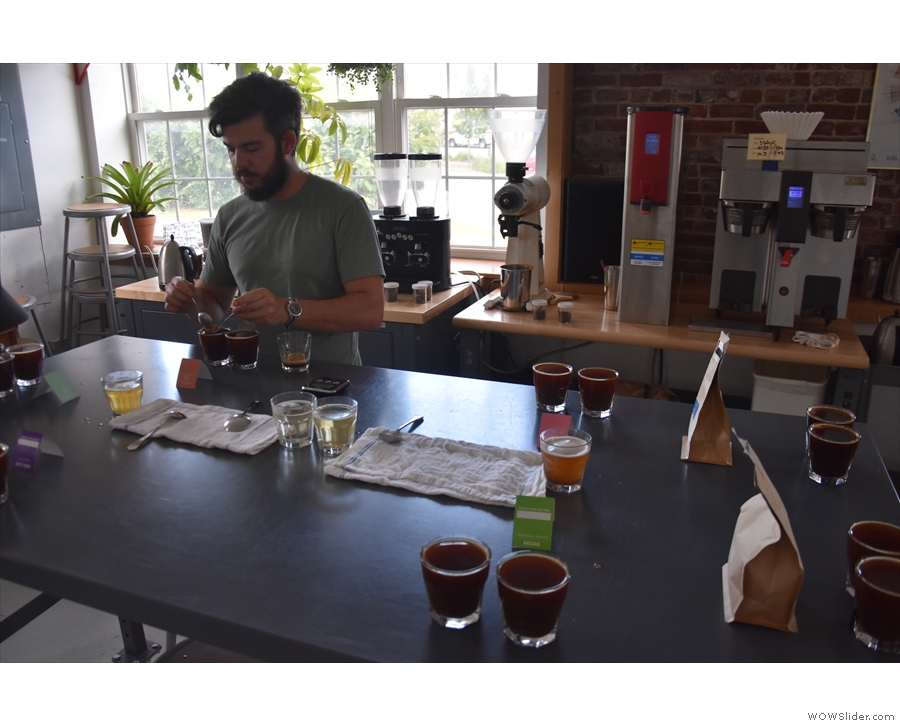
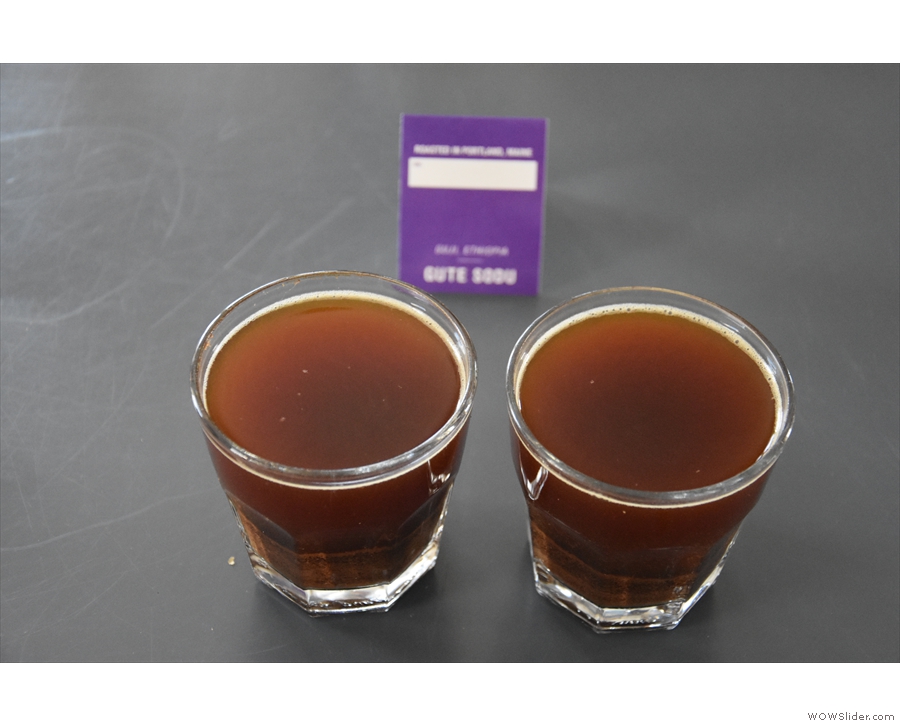
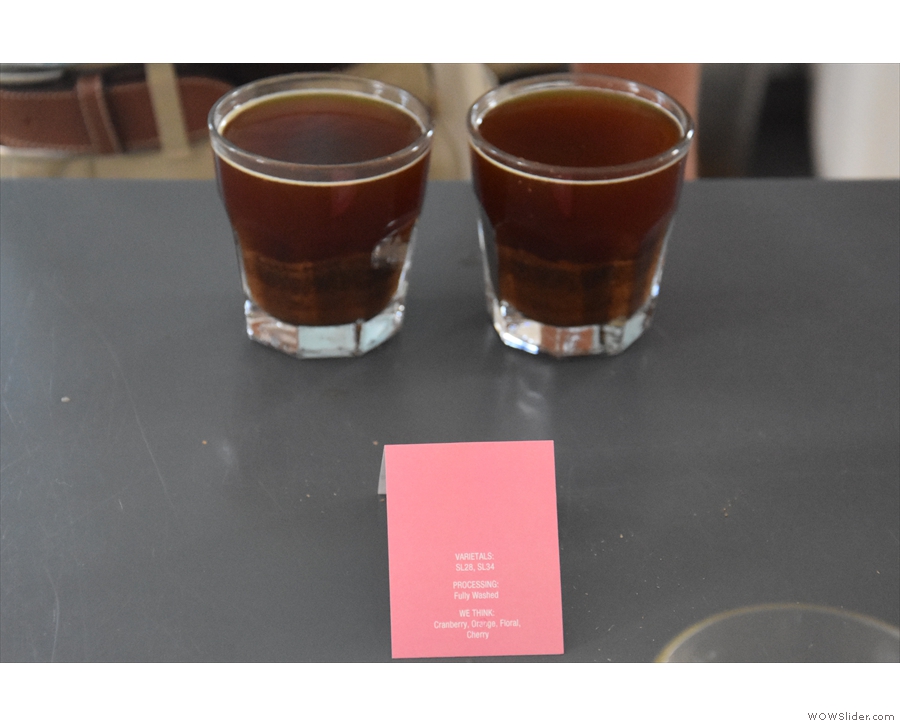
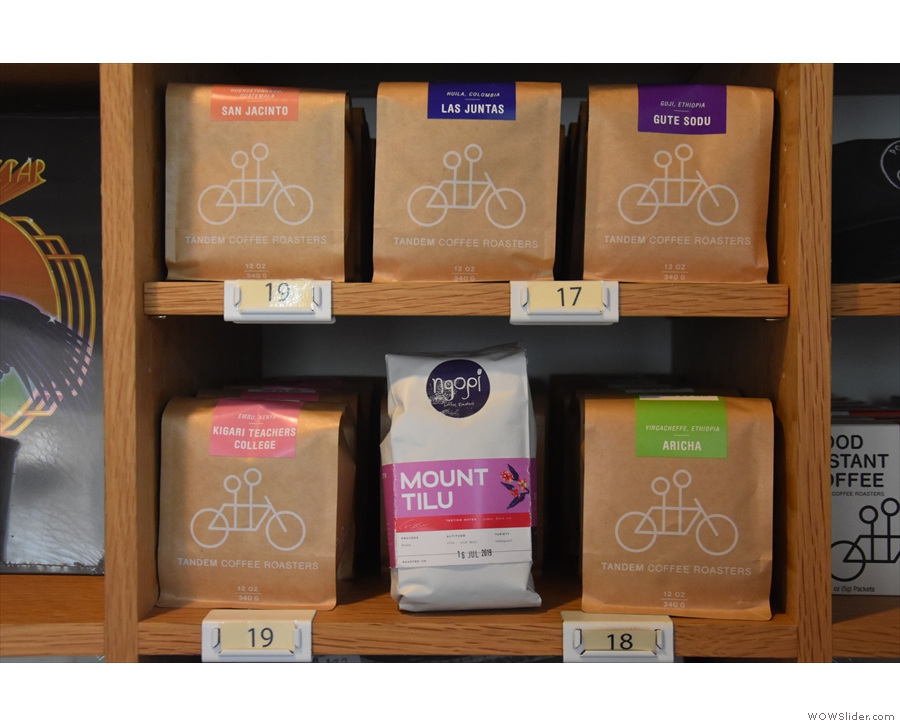
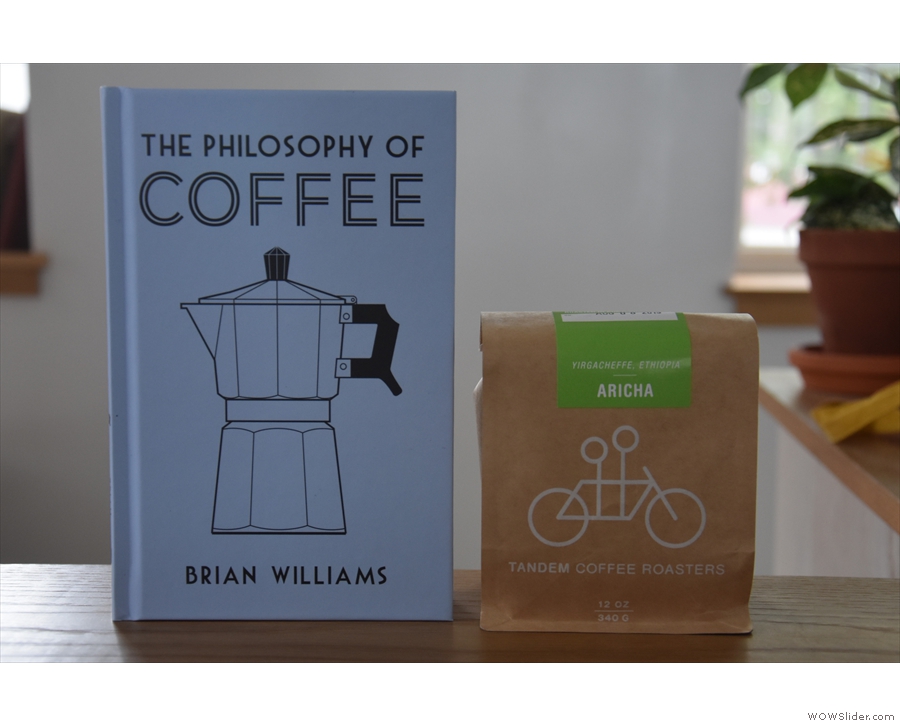
 1
1 2
2 3
3 4
4 5
5 6
6 7
7 8
8 9
9 10
10 11
11 12
12 13
13 14
14 15
15 16
16 17
17 18
18 19
19 20
20 21
21 22
22 23
23 24
24
Pingback: Tandem Coffee Update | Brian's Coffee Spot
Pingback: 2020 Awards – Best Saturday Supplement | Brian's Coffee Spot